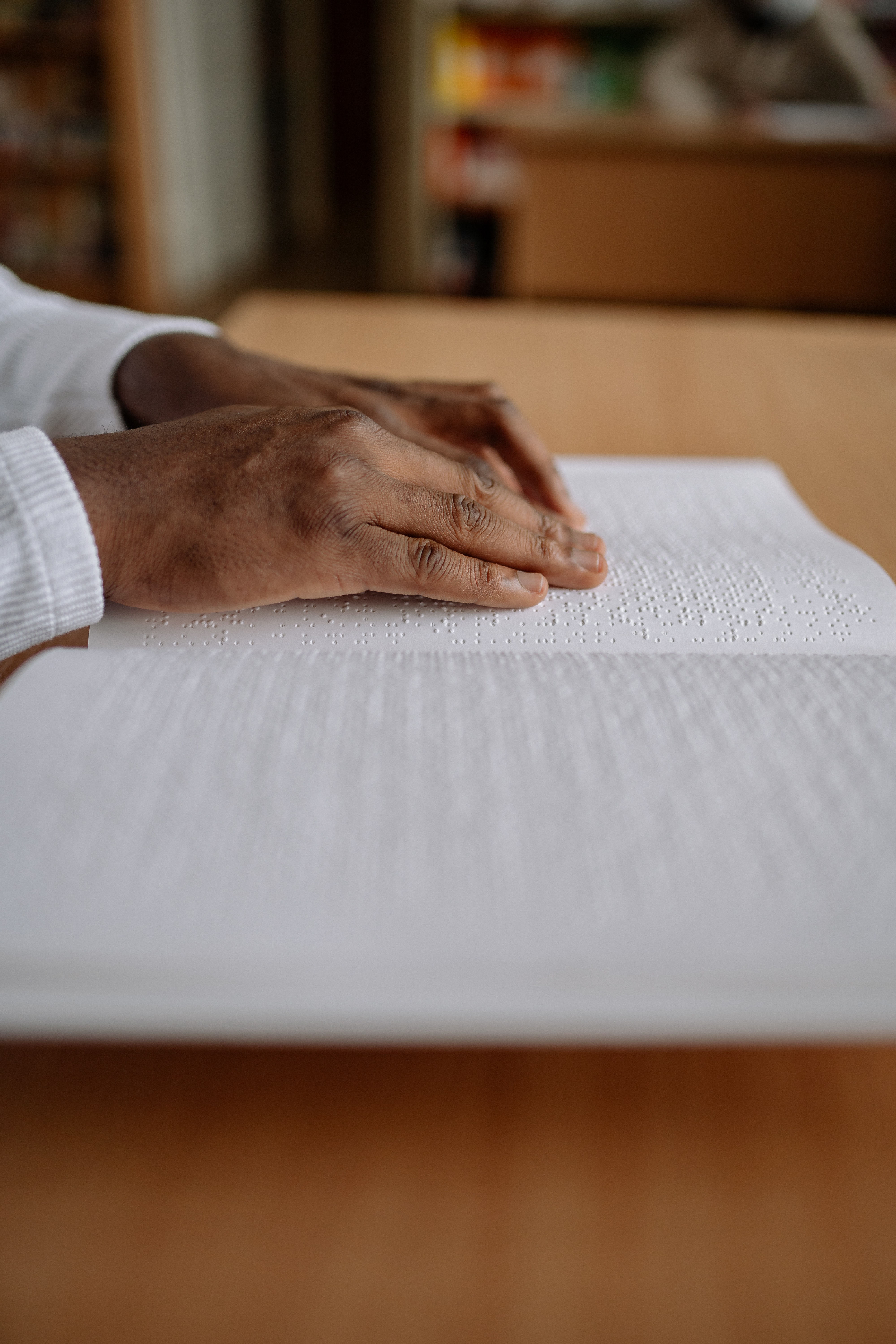Abstract
Introduction: This study involved a systematic literature review to document the sources behind publications and citations that comprise knowledge about rates of braille usage/literacy among people with visual impairments in the United States.
Methods: Predefined search criteria were used to extract publications that potentially mentioned claims about braille literacy and usage rates, dating back as far as the early 20th century. Systematic analyses narrowed the set of publications to a collection of 95 articles and manuscripts that made specific statements about the prevalence of braille readership.
Results: The analysis revealed that even in peer-reviewed publications, many claims about braille literacy are made without citations to dependable sources. All identified citations used as the basis for braille literacy rates since the 1970s can be traced back to two primary sources: a National Library Service report from 1979 and the American Printing House for the Blind (APH) Federal Quota data (which should not be used as a source for braille literacy rates).
Discussion: This research explains the source of the often-cited “10%” statistic. The findings also challenge the field to question the bases for statements about braille literacy rates, including asking, “What do we mean by braille literacy?”Implications for practitionersThere is no current source of data that succinctly measures braille literacy rates in the United States, and there are no data that explain whether braille literacy rates are rising or declining. Making effective, data-based decisions requires asking the right questions and being informed readers of research in the field of visual impairment.
Journal
Volume
Issue
Number of Pages
Year of Publication

